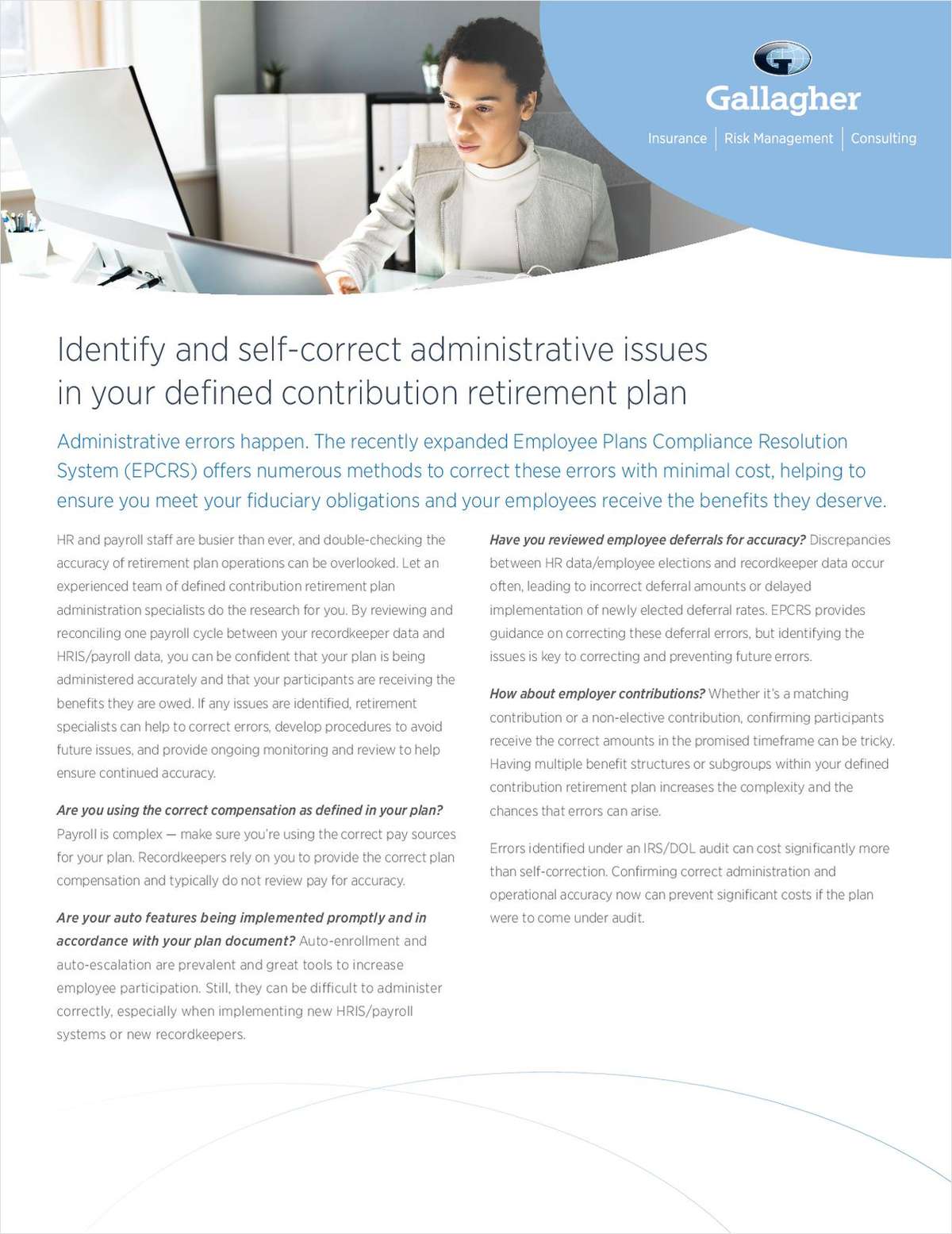New analysis from CIGNA finds combining medical and pharmacy benefits from the same company promotes healthier habits. Research shows individuals who have a health plan with integrated benefits designed to work together are far more likely to obtain necessary care, take their medication appropriately, and get necessary lab tests associated with chronic conditions.
Individuals in health plans that combine medical and pharmacy benefits from the same company were 2.8 percent more likely to close gaps in their health care than those in plans where the pharmacy benefit is not integrated with the medical benefit or where pharmacy claims data is imported from another pharmacy benefit management company.
By closing gaps in health care, individuals are more likely to be able to prevent complications or the progression of their conditions. The improvements in obtaining necessary care by condition were:
- 14 percent higher for individuals with asthma
- 11.7 percent higher for individuals with chronic renal failure (CRF)
- 7.6 percent higher for individuals with hypertension (high blood pressure)
- 7.4 percent higher for individuals with coronary artery disease (CAD)
- 7.0 percent higher for individuals with hyperlipidemia (high cholesterol)
- 6.5 percent higher for individuals with diabetes
Total savings for plan sponsors (usually the employer) was estimated to be $1.60 per employee per month.
"The data in this analysis supports the assertion that the connection between pharmacy and medical benefits really does make a difference. By improving people's health and reducing costs, we are helping to improve the quality of their lives," said Dr. Bunz Thomas J. Bunz, Pharm.D., clinical program manager and co-author of the report "Pharmacy Benefit Integration and Adherence to Evidence-Based Medicine in a Commercially-Insured Population."
The analysis was also co-authored by Ha V. Nguyen, senior informatics specialist, CIGNA Pharmacy Management. The abstract for this analysis was published in the May 2010 issue of Value in Health.
Get more: How can organizations trim workers' compensation costs while getting every bit of that intangible peace of mind? One of the surest ways to control, and perhaps reduce, your total workers' compensation cost is to make certain your insurance carrier or TPA works with an effective, results-driven pharmacy benefit manager.
Complete your profile to continue reading and get FREE access to BenefitsPRO, part of your ALM digital membership.
Your access to unlimited BenefitsPRO content isn’t changing.
Once you are an ALM digital member, you’ll receive:
- Breaking benefits news and analysis, on-site and via our newsletters and custom alerts
- Educational webcasts, white papers, and ebooks from industry thought leaders
- Critical converage of the property casualty insurance and financial advisory markets on our other ALM sites, PropertyCasualty360 and ThinkAdvisor
Already have an account? Sign In Now
© 2025 ALM Global, LLC, All Rights Reserved. Request academic re-use from www.copyright.com. All other uses, submit a request to [email protected]. For more information visit Asset & Logo Licensing.








